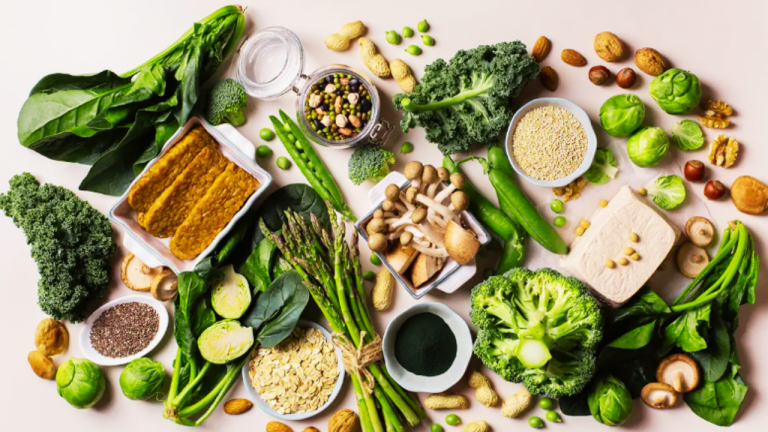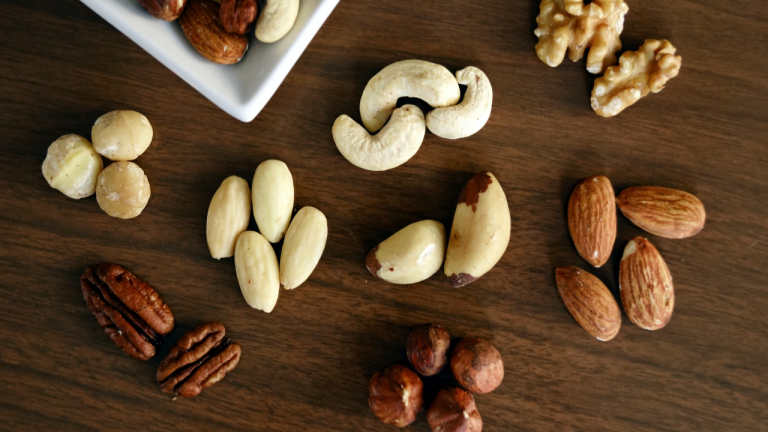How Does The Aging Process Affect the Taste of Beef?

The aging process can have a significant impact on the taste of beef. There are two primary methods of aging beef: dry aging and wet aging, and each has its own effects on the taste of beef.
Dry aging: Dry aging is a traditional method of aging beef where whole cuts of meat are hung in a controlled environment, typically at refrigeration temperatures, for an extended period of time, often several weeks. During dry aging, the beef undergoes a natural process of enzymatic breakdown of muscle fibers and connective tissues, which can result in changes in the taste, texture, and tenderness of the meat.
Taste: Dry aging can intensify the natural flavors of beef by concentrating its taste. The process allows for the evaporation of moisture from the meat, resulting in a more concentrated and robust flavor profile. The flavor of dry-aged beef is often described as richer, nuttier, and more complex compared to fresh beef.
Texture: Dry aging can also affect the texture of beef. The enzymatic breakdown of muscle fibers and connective tissues can result in a tenderization of the meat, making it more tender and buttery in texture.
Wet aging: Wet aging, also known as vacuum aging, is a method of aging beef where cuts of meat are vacuum-sealed in plastic and refrigerated for an extended period of time. Wet aging relies on the natural enzymes present in the meat to break down the tissues, but it occurs in a more controlled environment compared to dry aging.
Taste: Wet aging typically results in a milder flavor compared to dry aging. The sealed environment of wet aging helps to retain the natural juices and flavors of the meat, resulting in a more subtle taste profile compared to dry-aged beef.
Texture: Wet aging can also result in a softer texture compared to dry aging. The sealed environment of wet aging helps to retain moisture in the meat, which can result in a softer texture compared to the firmer texture of dry-aged beef.
It’s worth noting that the aging process can be influenced by various factors, such as the cut of beef, duration of aging, temperature, and humidity, which can all impact the final taste and texture of the beef. The preference for the taste of aged beef, whether dry or wet aged, can vary among individuals, and it’s best to try different types of aged beef and determine personal preferences. Additionally, proper food safety practices should always be followed during the aging process to ensure that the meat remains safe for consumption. If you have questions or concerns about aged beef, it’s recommended to consult with a qualified butcher or a food safety expert.



